Compelling Reasons to Choose Bamboo Decking and Buying Tips
Dec 3, 2025, 9:20 AM
When it comes to creating the perfect outdoor oasis, selecting the right decking material is paramount. More homeowners and designers are discovering the myriad benefits of bamboo decking, a material fast becoming known for its sustainability, durability, and aesthetic appeal. Here are five compelling reasons why outdoor bamboo decking deserves your attention as the foundation for your outdoor living space.
Unmatched Environmental Sustainability:
In an age where environmental impact is a major concern, bamboo decking outshines traditional wood and composite materials. Bamboo is a highly renewable resource, growing to maturity in just 3 to 5 years compared to the decades required for hardwood trees. This rapid regeneration means that bamboo decking is an incredibly sustainable option, with a lower carbon footprint – a choice that allows homeowners to enjoy luxury while being kind to the planet.Durability and Resistance to Elements:
Bamboo's natural properties, combined with modern manufacturing processes, make it incredibly resilient and well-suited for outdoor conditions. Unlike traditional wood that can succumb to the weather's wear and tear, bamboo decking is designed for resistance to moisture and UV rays, ensuring it does not crack, warp, or fade easily over time. Some forms of bamboo decking also undergo thermal treatment, further enhancing their durability and making them resistant to rot and decay.Low Maintenance Needs:
Who doesn’t appreciate a low-maintenance home feature? Bamboo decking offers exactly that. It requires minimal upkeep compared to traditional wood decking. Simple regular sweeping and occasional washing with mild soap are generally all that's needed to keep it looking great. Unlike other deck materials, there's no need for frequent sealing or staining, saving both time and money in the long term.Aesthetic and Versatile Design:
Bamboo decking brings a touch of natural elegance to outdoor spaces with its warm tones and unique textures. It's a material that complements diverse design aesthetics, capable of delivering both a modern and rustic ambiance. Additionally, it's available in a range of finishes, colors, and configurations, ensuring you can find the ideal match to bring your vision for your outdoor space to life.Cost-Effectiveness Over Time:
While bamboo decking can be comparable in initial cost to other high-quality decking materials, its longevity and minimal maintenance requirements make it a more cost-effective choice in the long run. By investing in bamboo decking, you're opting for a product that will stand the test of time without the continued expense and effort of upkeep — a smart financial decision for lasting outdoor enjoyment.
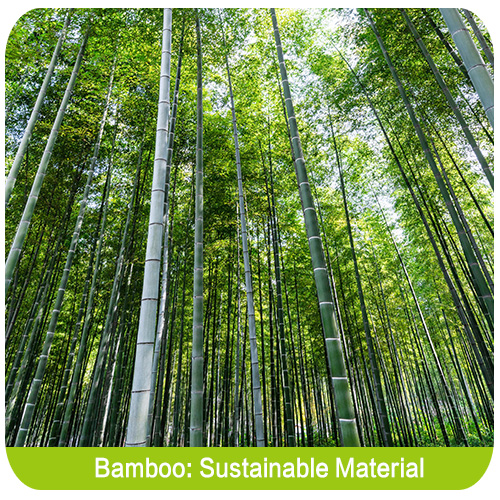

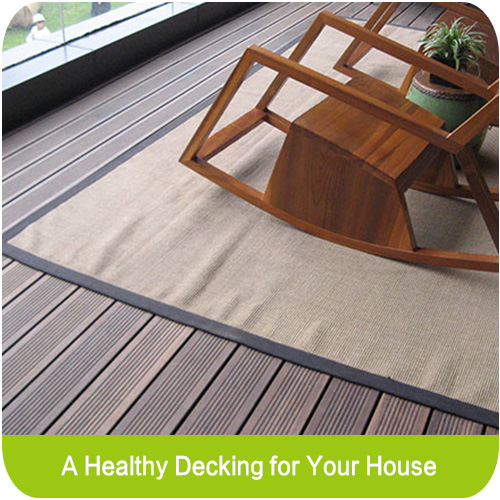

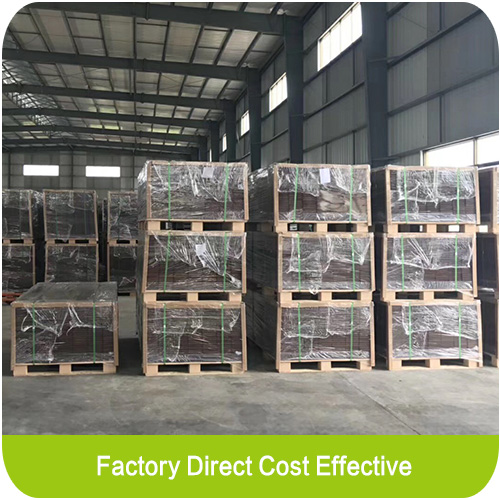
Bamboo decking is a choice that reflects both aesthetic discernment and ecological responsibility. It's a product that meets the rigorous demands of outdoor applications without sacrificing beauty or committing harm to the environment. From its green credentials to its long-lasting durability and natural beauty, bamboo decking offers a wealth of advantages that make it a top contender for any outdoor decking project. As more and more homeowners look beyond traditional materials, bamboo stands out as a forward-thinking option that does not compromise on quality or design potential.
While outdoor bamboo decking offers various advantages, as with any material, it comes with its own set of limitations and potential drawbacks that are worth considering before making a decision. Here are some factors to keep in mind:
Quality Variability:
The quality of bamboo decking can vary significantly between manufacturers. Lower-quality options may not be as durable or stable, making them susceptible to moisture damage or warping. It is vital to do thorough research and choose high-quality, reputable brands to ensure you're getting the best bamboo decking.Potential for Scratching:
Although bamboo is a hard material, it can still be susceptible to scratching and scuffing from outdoor furniture, pet claws, or high-heeled shoes. Some surface treatments can minimize this risk, but if the decking is improperly treated or installed, the potential for visible wear exists.Moisture and Humidity Sensitivity:
Even though bamboo decking is often treated to be more resistant to moisture and humidity, it's still a natural material that can be affected by extreme conditions. In areas with significant fluctuations in humidity or persistent dampness, bamboo decking may require more maintenance to avoid problems such as swelling or mold growth.Cost Considerations:
While bamboo decking can be more cost-effective in the long run due to lower maintenance, the initial expense can be higher than some treated woods or composite materials. This can be a limitation for those with a tight budget.Limited Refinishing Options:
Over time, any outdoor decking may show signs of weathering. Unlike traditional wood decking that can be sanded down and refinished multiple times, bamboo decking has a more limited ability to be refinished. Once the top layer wears down, the decking may need to be replaced rather than refinished.- Environmental Concerns with Manufacturing Process: Although bamboo itself is a sustainable resource, the manufacturing process to convert raw bamboo into decking can be less eco-friendly. The use of chemical adhesives and the energy used in the treatment process can offset some of the environmental benefits, especially if the manufacturer doesn’t follow sustainable practices.
Expansion and Contraction:
Like other wood products, bamboo can expand and contract with temperature changes. If not properly acclimated before installation or if installed without appropriate spacing, bamboo decking may buckle or develop gaps.
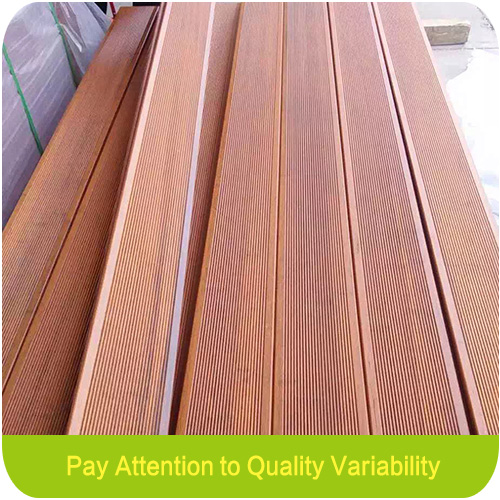
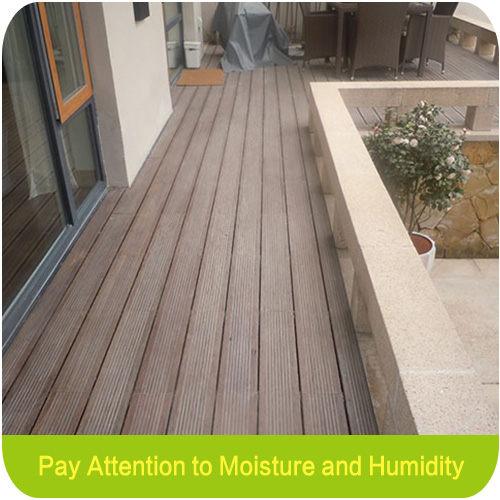
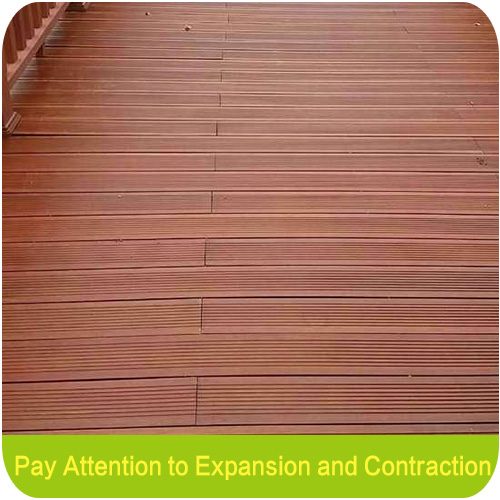
While bamboo decking is an attractive option for its sustainability and aesthetic appeal, it is important to consider potential drawbacks such as quality variability, susceptibility to scratching, sensitivity to moisture, higher initial costs, limitations on refinishing, consideration of the environmental impact of production, and natural expansion and contraction. Making an informed choice involves weighing these potential limitations against your specific needs, preferences, and local environmental conditions.


 皖公网安备 34180202000049号
皖公网安备 34180202000049号